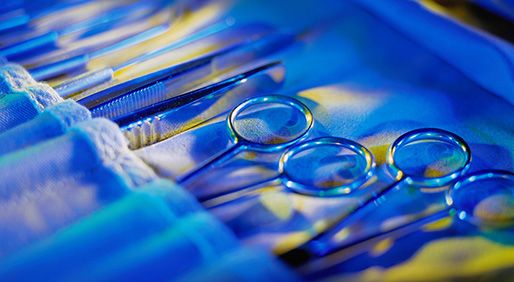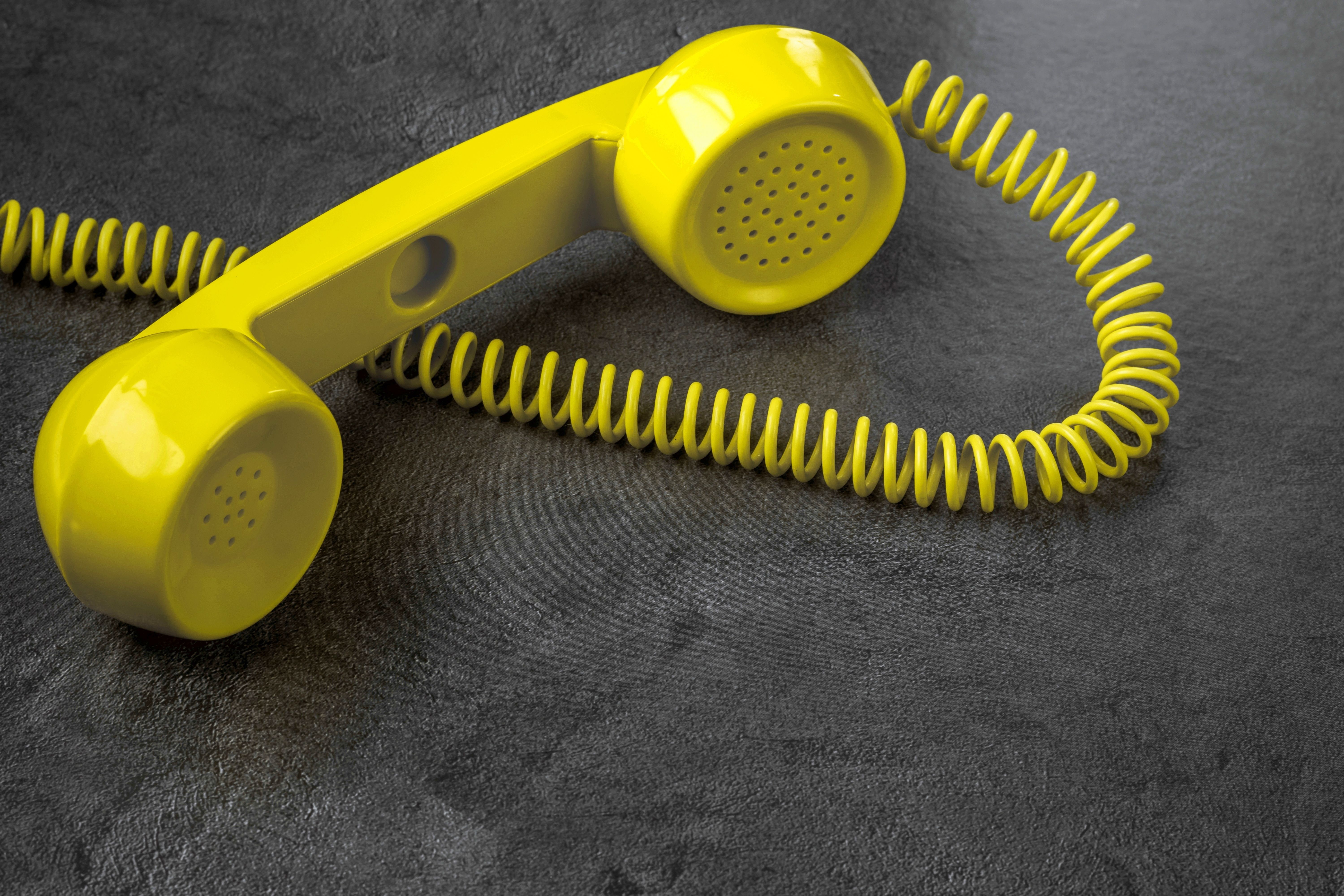Article
Losing My Hair Without Losing My Mind: Working Through Chemo Brain
Author(s):
I remember the day so vividly. After years of infertility, we were finally going to adopt a baby girl. The moment I got the call that her birth mother was in labor, we hopped in our car and drove like mad to the airport. This was certainly one of the highest points in my entire life. “It” was happening. It doesn’t get any better than that, right? Guess again.
One week prior, I went for my yearly mammogram just to get it out of the way since I was going to be busy with a newborn. As we rushed to the airport, another call came in.
“You have invasive breast cancer.”
What?? I thought, I am 42! Cancer? The shock hit me like a ton of bricks. Everything was falling apart as everything was falling into place. Treatment options would be decided after more testing; mastectomy, chemotherapy and radiation were all on the table. So the journey began: invasive breast cancer, BRCA1-positive, bilateral mastectomy, reconstruction, eight rounds of chemotherapy, one year of Herceptin (trastuzumab), hysterectomy and ovary removal. Of course all the body changes too: losing my hair, not being able to move my body in the way I use to and being thrown into menopause overnight. One of the things I was hoping to avoid was the dreaded chemo brain that others warned about. Chemo brain is a physiological condition that creates too many slow brain wave patterns. This affects our ability to remember even the simplest things and creates brain fog that can be debilitating.
As a chiropractic neurologist, board certified in neurofeedback, I help people improve neurological disorders, including memory issues. So I began my own chemotherapy treatments with an awareness of monitoring my brain. Throughout treatment I conducted brain maps (QEEGs) and underwent neurofeedback therapy to help “re-train” my brain to produce healthy brain wave patterns. I was completely spared and certainly the neurofeedback helped me tremendously to avoid what so many women suffer with. After all, prior to this, I was one of those people who had the memory of an elephant! As my dear husband reminds me, I did experience some memory issues during this time. There were days that I forgot some basic things: I missed a few bill due dates, I couldn’t remember the exact times of appointments and I had to record the times and ounces that I fed my baby. So I continued to treat myself not just with neurofeedback but also with other alternative treatments like meditation, Emotional Freedom Technique and self exploration. Having memory issues adds to the anxiety, anger and sadness that come with the diagnosis. The anxiety that I experienced could at times be paralyzing, but my daughter didn’t allow that. A newborn will certainly shift your thoughts from yourself to their needs pretty quickly!
Her arrival was perfect timing. She helped me keep my thoughts in the now and have fewer pity parties, although it didn’t prevent catching a serious case of the shoulds. I should be happy because they caught it early and I should be happy because I have a beautiful, healthy daughter, a supportive family and husband! I just survived breast cancer! I should be happy! And if I wasn’t, I must be nuts! But on the inside, I was unhappy.
Even though my body had freed itself of the disease, the trauma left deep emotional scars. I began to see my mind and memory shift with neurofeedback and mindfulness strategies. Neurofeedback began making new connections in my brain, essentially, paving new pathways that were damaged from the chemotherapy. One of the chemo treatments my oncologist used was the dreaded Adriamycin (doxorubicin) also known as the “Red Devil.” Since my treatment, new information is available noting that the “Red Devil” is often implicated with chemo brain.
There were a variety of mindfulness strategies that I began to experiment with. One of the most profound one was finding something to be grateful for every day. Some days it was a complete reach, but it could be as simple as a hot shower, a good cup of coffee, or less traffic on the way to work and that is what I would focus on. So the journey of creating a pathway back to me began. I continued to see patients in my practice, some of whom are also survivors. I found that we all have commonalities. And through working with them, Healing Boobies was born, an online course to help women heal the emotional wounds left behind. I discovered ways that were supportive and helpful to moving survivors and myself from just getting through to thriving. Our doctors focus on the physical part, but true healing requires us to access all parts of ourselves. Taking the time to dig deeper and heal the emotional scars left behind allows us to ultimately get our happy back!
Keri Chiappino is a breast cancer “thriver,” survivor, chiropractic neurologist and creator of Healing Boobies, an online course to help heal the emotional scars left behind and to help women “get their HAPPY back.” healingboobies.com | newlifechiropractic.com





